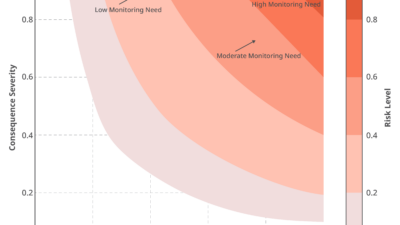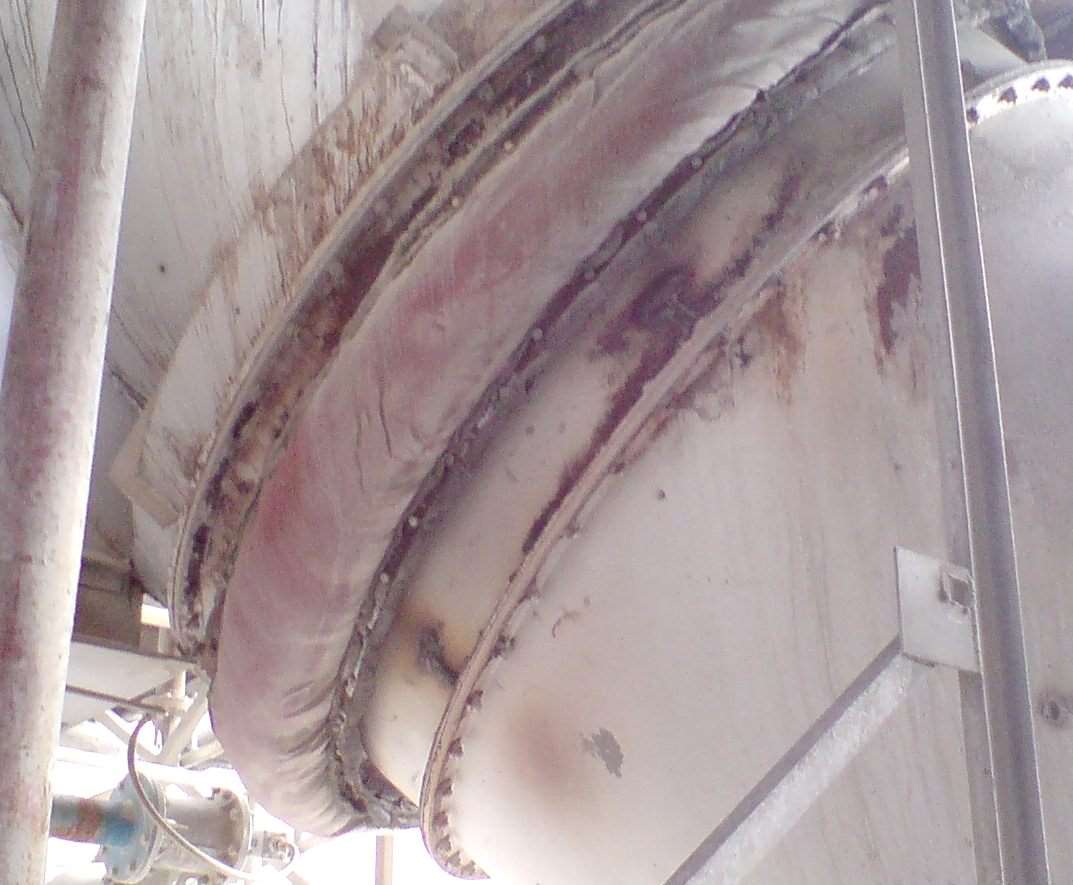While safety is always the number-one priority in every manufacturing plant, ensuring safety and reaching zero-injury performance remains one of the great challenges for plant managers, especially as it relates to maintenance work.
With every action taken in every manufacturing plant in the world, safety is always the number-one priority. But ensuring safety and reaching zero-injury performance remains one of the great challenges for plant managers, especially as it relates to maintenance work. Some OSHA estimates put the number of injuries related to maintenance work at 15% to 20% of all workplace injuries. At least one study conducted by the University of Alabama found that the prevalence of injuries at a nearby manufacturing plant was higher among maintenance staff than other workers.
The challenge for many plant managers is that in-house maintenance is not always the most cost-effective solution. Since the volume of maintenance work and the manpower needed to execute it can vary greatly depending on the project or task, it is a difficult function to manage. For this reason, they often turn to contractors and alliance partners that bring industry best practices and lessons learned to ensure that maintenance is done in a timely, effective, and, most importantly, a safe manner. Plant managers must make sure that these partners have safety practices that are constantly changing and evolving. Identifying partners that can deliver on safety requires an evaluation of their commitment to ongoing "safety maintenance" in three key areas.
Training and development
Safety begins long before a worker enters a plant. Safety must be deeply ingrained into the fabric of a company’s culture. This begins with establishing a strong set of safety values which are made clear to every employee within an organization from day one. These values drive awareness and should be backed up with tangible actions such as daily safety meetings and the integration of safety topics in every meeting that takes place. When combined, these practices lead to higher levels of accountability and awareness for each individual.
Leading firms don’t stop with developing a safety mind-set within their organization; they look to influence the larger industry. These firms seek out opportunities to partner with trade schools and colleges to develop safety-based curriculum that will train the next generation of safety-minded workers.
When working with clients, partners need to understand that safety plans need to be customized to address site-specific risks. Every single plant has a unique layout and challenges that must be properly addressed. Before training starts, a maintenance partner should go through a discovery process to identify site risks and address them specifically in training modules.
Measurements and monitoring
Traditionally, plant managers have focused on "lagging indicators" such as incident rates to measure safety performance. Unfortunately, these measures are failure-based; that is, they assess the consequences of incidents after they have occurred. While they are still important to track and can help inform future decisions, lagging indicators alone are inadequate to prevent injuries before they happen.
In addition to lagging indicators, "leading indicators," or behavioral observations and measurements, can be effective in identifying and correcting unsafe practices before they actually lead to injury. Much like preventive maintenance within plants, leading indicators are designed to be proactive. Plants should look for partners that have systems in place to monitor and measure behaviors, but beyond this they must also demonstrate that they are using the data to implement new best practices and better processes.
Technology
Technology is not a solution to all problems. In fact, if it is not used properly it can actually cause more problems than it solves. Cutting-edge technology does nothing if it does not have a practical impact on safety performance. Technology tools that can effectively sort and synthesize safety data are critically important, even if they’re less trendy than other technologies.
Technology programs should help plant leadership and their partners address safety incidents quickly. Partners that have systems in place to immediately alert key personnel to incidents and injuries in real time will see better treatment of workers and less of a negative impact on the overall project or task. With the prevalence of mobile technology such as smartphones and tablets, these tools should be leveraged to communicate real-time information.
According to OSHA records, 4,628 workers were killed on the job in 2012. This is every plant manager’s worst nightmare. Injuries or fatalities at plants have effects far beyond plant performance; they affect the lives of real people with loved ones and families. That’s one of the reasons why plant safety remains increasingly important and why zero-injury performance must always be the goal.
Every maintenance partner claims that they are committed to this goal, but the ones that have the best programs have more than an impressive track record to back up their claim; they have a plan to ensure that they stay ahead of safety concerns and continue pushing for new solutions. Just like a well-run plant, safety itself requires ongoing maintenance to thrive.
Ken Jobe is vice president of Process & Industrial at Day & Zimmermann.



